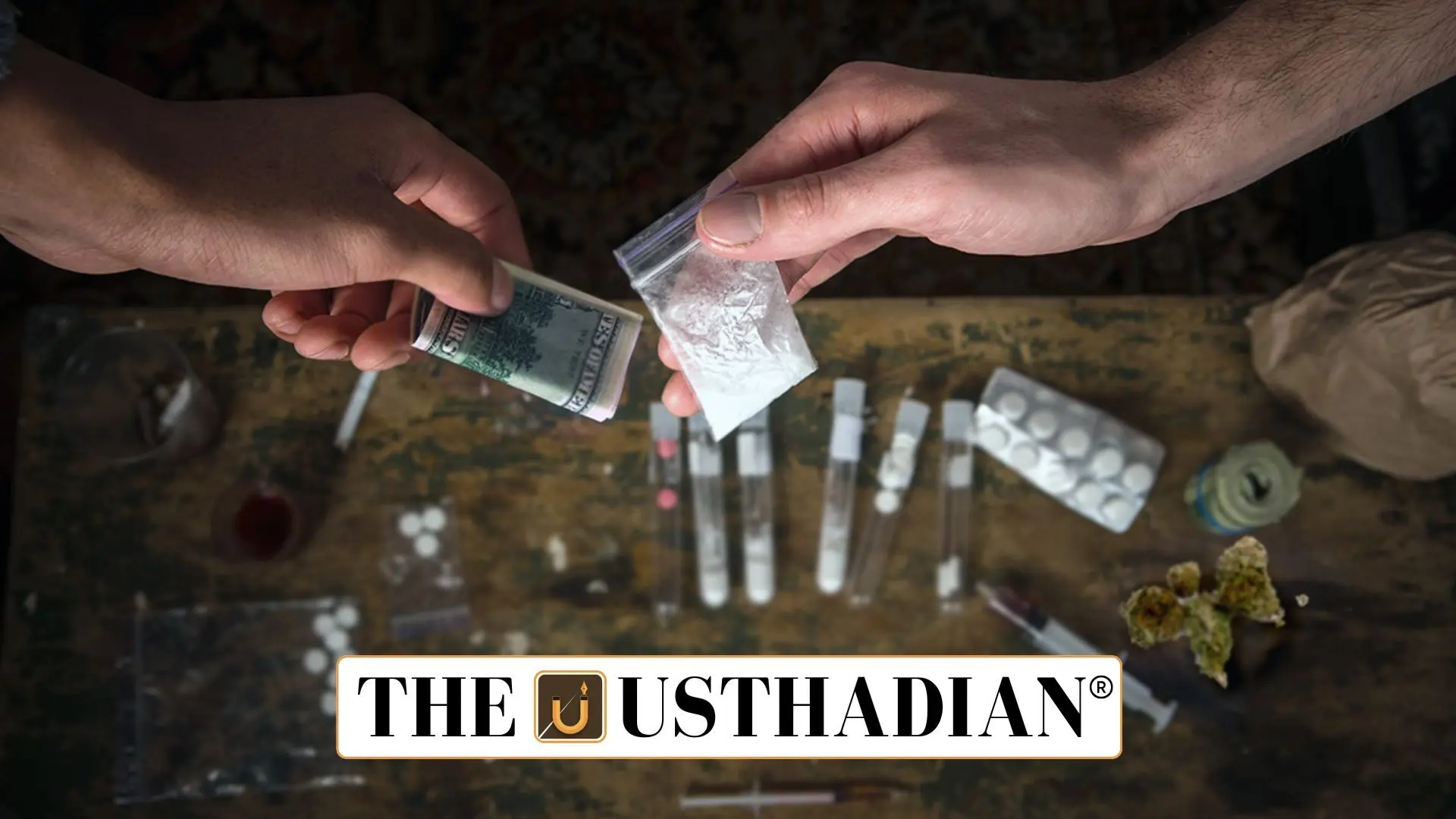Observing Anti-Smuggling Day on February 11
Anti-Smuggling Day 2025: Protecting India’s Borders and Economy: Anti-Smuggling Day is observed every year on February 11, with a focus on raising awareness about the dangers posed by smuggling. Initiated by FICCI’s CASCADE, this day promotes collaboration among government bodies, law enforcement, and the public. As smuggling continues to threaten India’s security and economic health, the day calls attention to the need for tighter controls, border vigilance, and stronger legal measures.
Why Smuggling Is a National Threat
Smuggling is not just about illegal trade; it endangers the nation’s internal stability. From arms and ammunition to fake currency and narcotics, India’s porous borders provide easy access to smugglers operating from Pakistan, Bangladesh, Nepal, and Myanmar. These illegal trades are often linked to terrorism, creating a serious security risk. Moreover, smuggled goods bypass taxation, leading to significant economic losses and weakening legitimate industries.
Impact on India’s Security and Economy
Illicit goods entering through vulnerable routes have a direct connection to organized crime. The circulation of fake Indian currency notes (FICN) damages the economy and aids criminal networks. Similarly, the drug trade supports gang violence and addiction in border communities. According to BSF data, over 12,298 kg of narcotics, 177 kg of gold, and ₹3.27 million in FICN have been seized, reflecting the alarming scale of operations.
How India Is Strengthening Border Security
The Indian government has ramped up border infrastructure and surveillance. Deployment of extra BSF battalions, use of anti-drone systems, and development of lateral and axial roads have enhanced the response to border crimes. These roads facilitate better troop movement, allowing faster intervention during smuggling attempts. Additionally, CCTV and bullet cameras are now used across sensitive zones for round-the-clock monitoring.
International Collaboration and INTERPOL’s Role
Smuggling is a global issue, and India collaborates with international agencies like INTERPOL to tackle the menace. INTERPOL notes that criminal syndicates are increasingly using technology, such as encrypted apps and the dark web, to carry out smuggling undetected. Their ability to adapt to new platforms makes detection harder, demanding smarter surveillance tools and cross-border intelligence sharing.
Human Trafficking and Border Exploitation
Human trafficking is another worrying element linked to smuggling, particularly along the India-Bangladesh border. Here, smugglers provide forged documents to vulnerable individuals, helping them cross illegally. These trafficking rings often exploit poor migrants, making it not just a criminal issue but a humanitarian concern.
Why February 11 Matters
February 11 is more than just a date—it symbolizes India’s united front against a complex, evolving threat. By encouraging public awareness campaigns, seminars, and training programs, Anti-Smuggling Day ensures that citizens and law enforcement alike stay vigilant. It also strengthens the demand for technological innovation, international cooperation, and public engagement in safeguarding national interest.
STATIC GK SNAPSHOT
| Topic | Details |
| Observance Date | February 11 |
| Organized By | FICCI – CASCADE (Committee Against Smuggling and Counterfeiting Activities Destroying the Economy) |
| Key Concern | Smuggling of arms, gold, fake currency, drugs, and human trafficking |
| Security Risk Countries | Pakistan, Bangladesh, Nepal, Myanmar |
| Key Seizure Data | 12,298 kg narcotics, 177 kg gold, 179 kg silver, ₹3.27 million FICN |
| Major Border Control Steps | BSF reinforcements, anti-drone tech, lateral and axial roads, CCTV |
| INTERPOL Role | Tracks international smuggling, dark web use, and trafficking |
| Human Trafficking Focus Area | India-Bangladesh border with forged document cases |
| Economic Loss Impact | Loss of revenue, growth of black money, weaker public investment |
| Purpose of Anti-Smuggling Day | Awareness, inter-agency collaboration, and public engagement |








